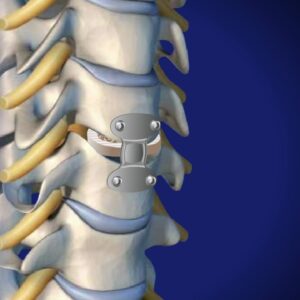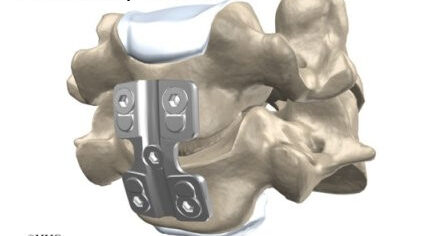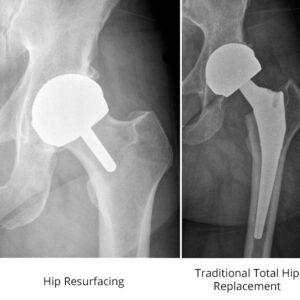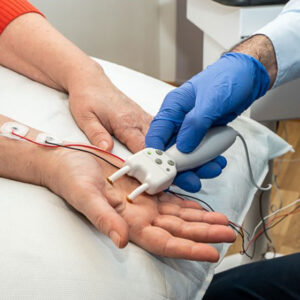Rickets: Causes, Symptoms, Diagnosis, and Treatment
General Advices Patient informationIntroduction Rickets is a condition characterized by the weakening and softening of bones, primarily caused by prolonged vitamin D deficiency. This deficiency leads to impaired calcium and phosphate absorption, which are vital for strong and healthy bones. Rickets can affect individuals of all ages but is more common in children.
Rickets: Causes, Symptoms, Diagnosis, and Treatment Read More »












